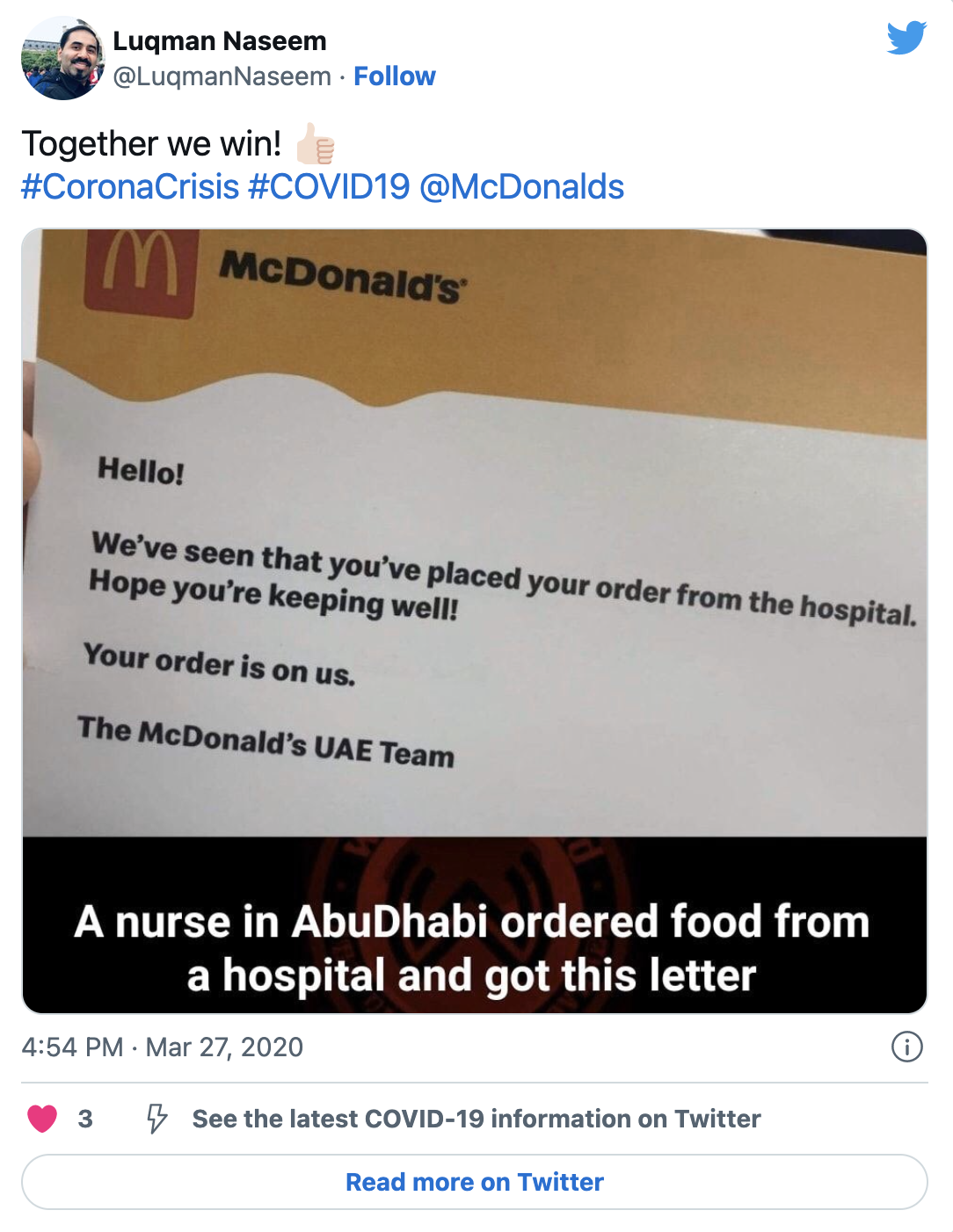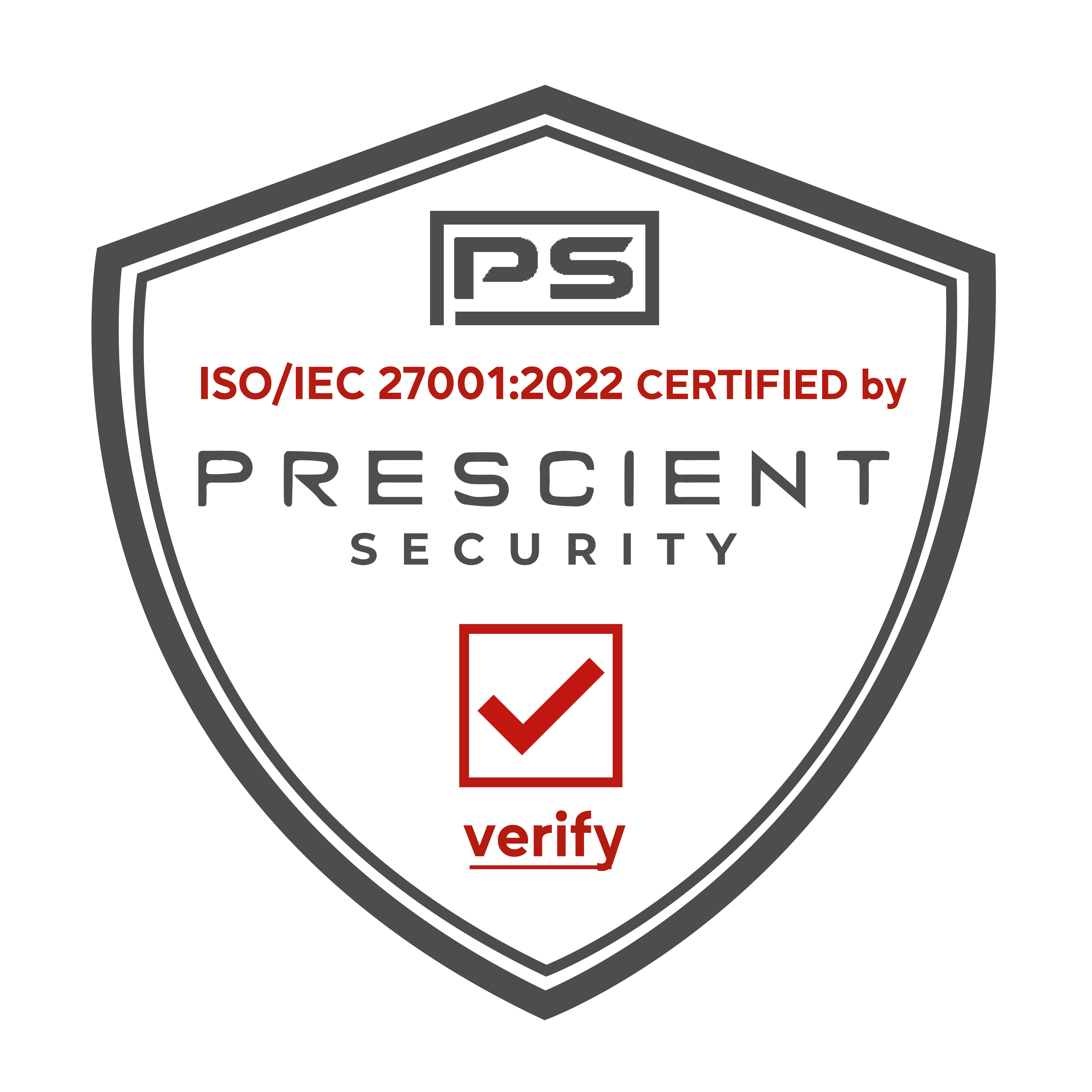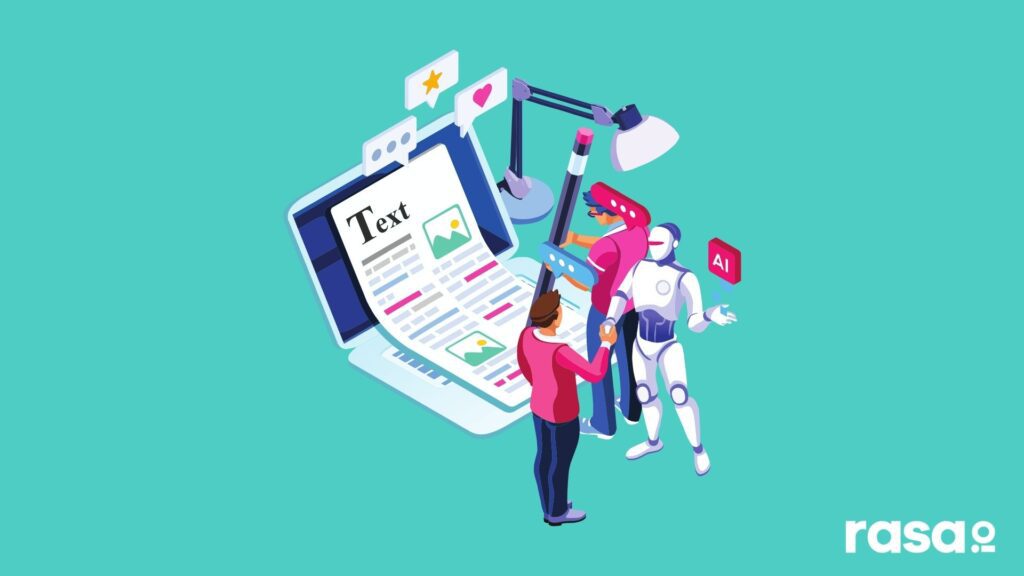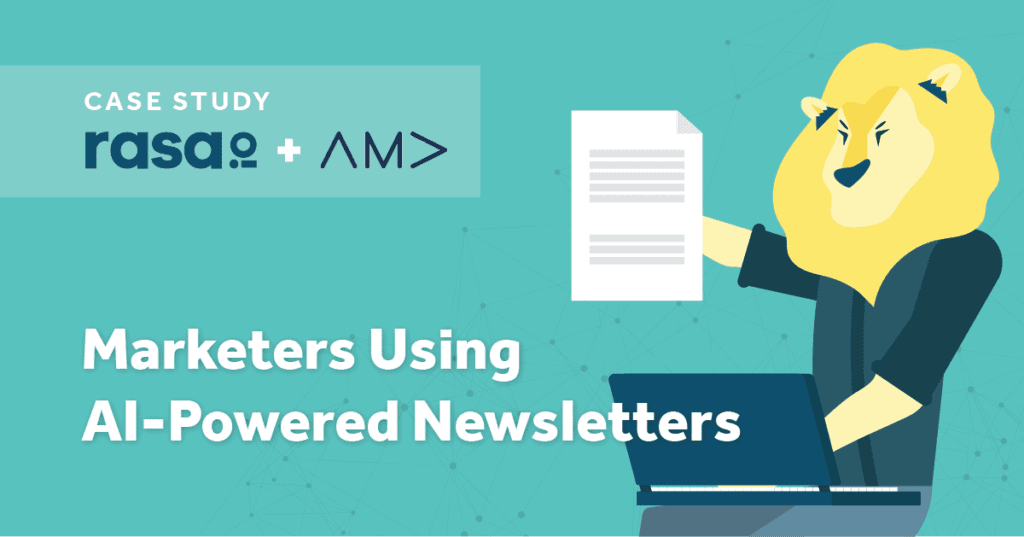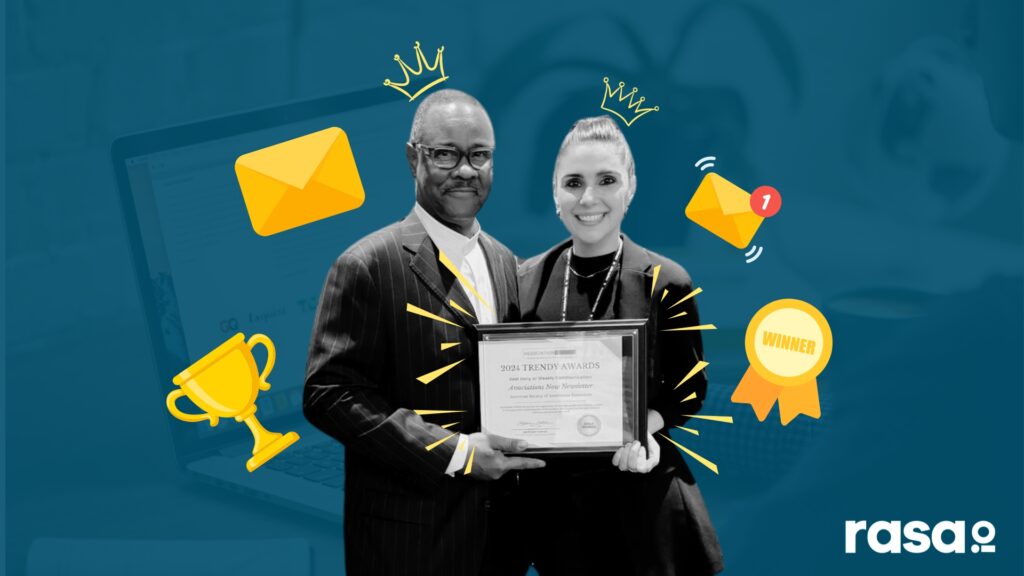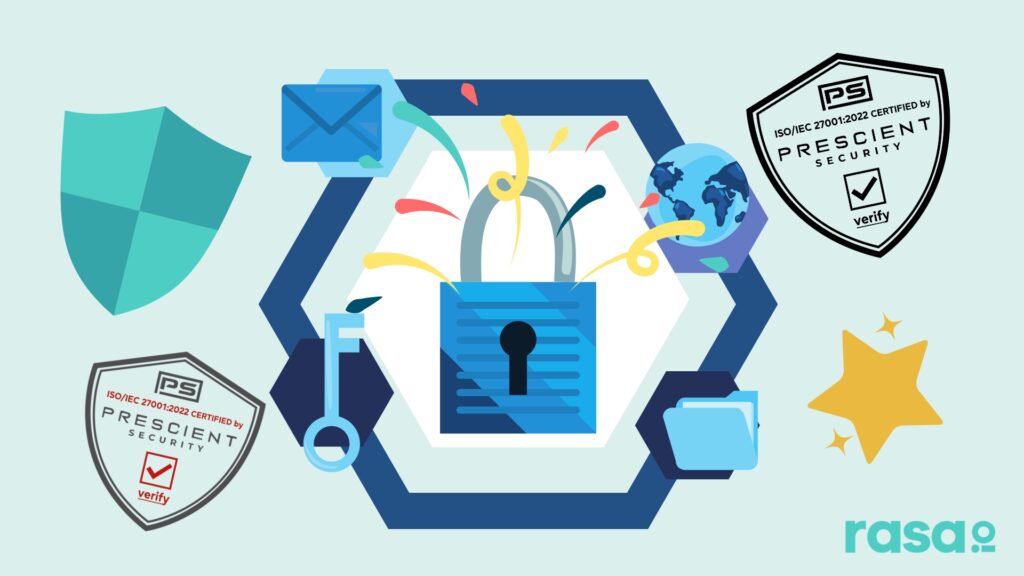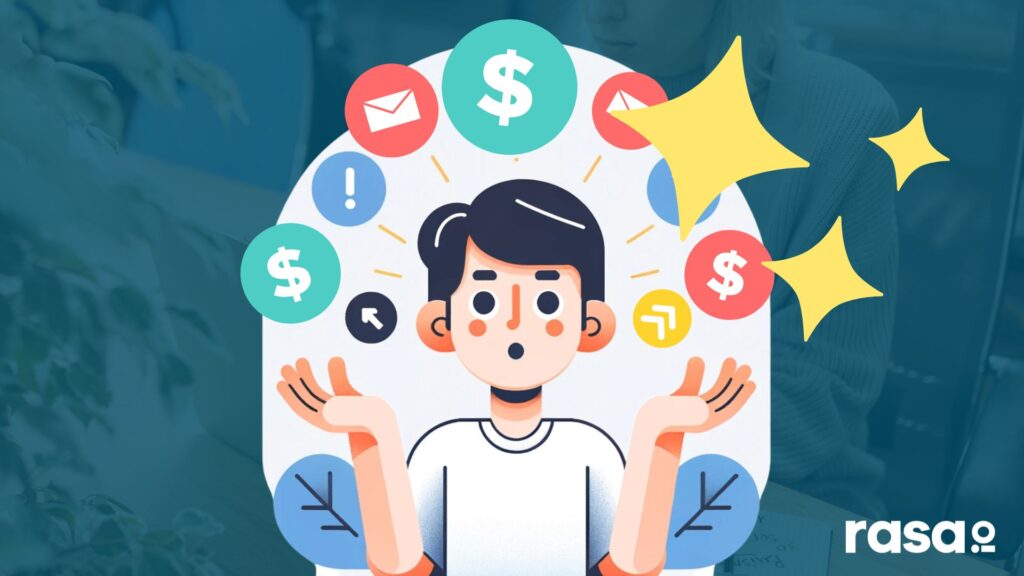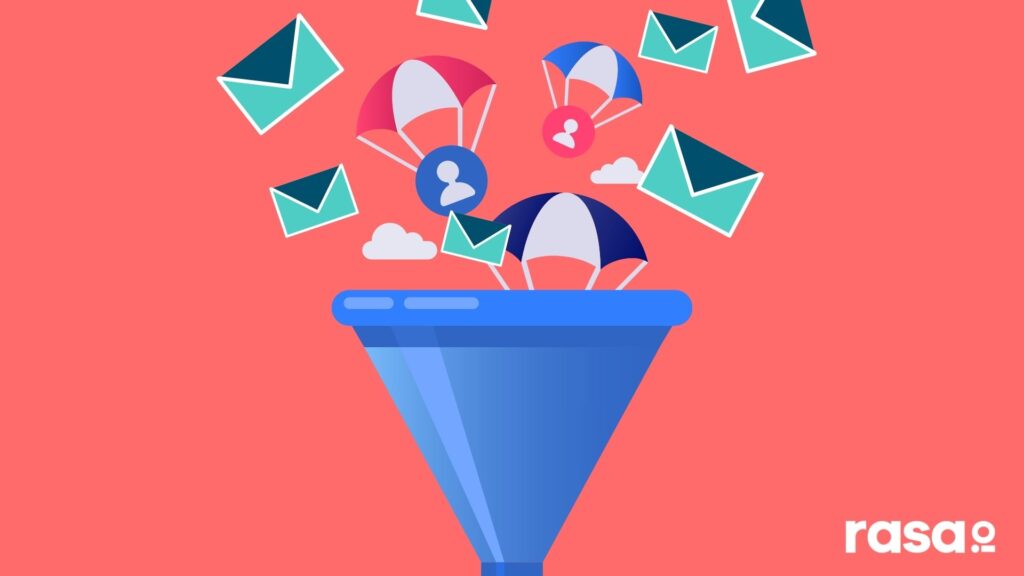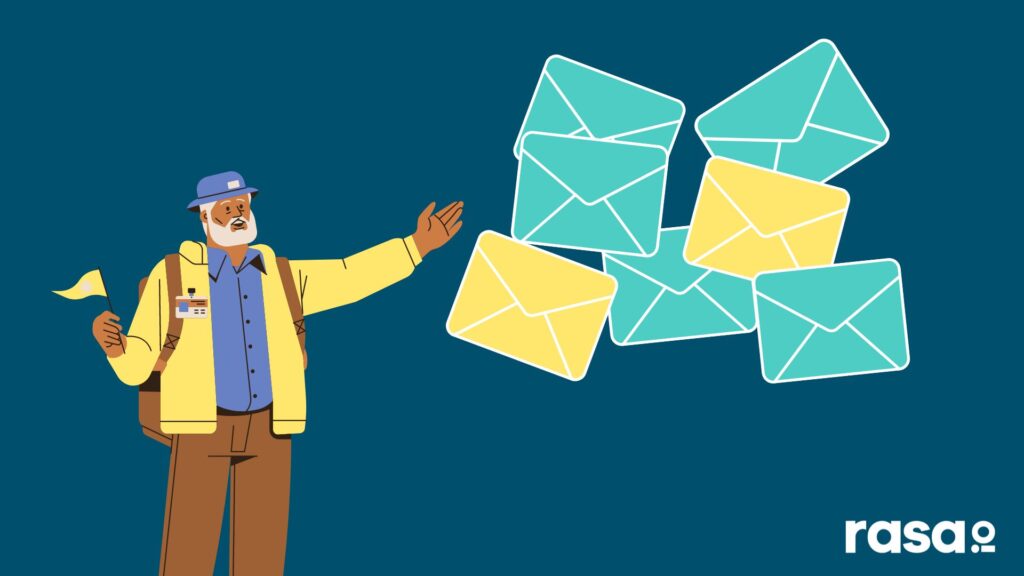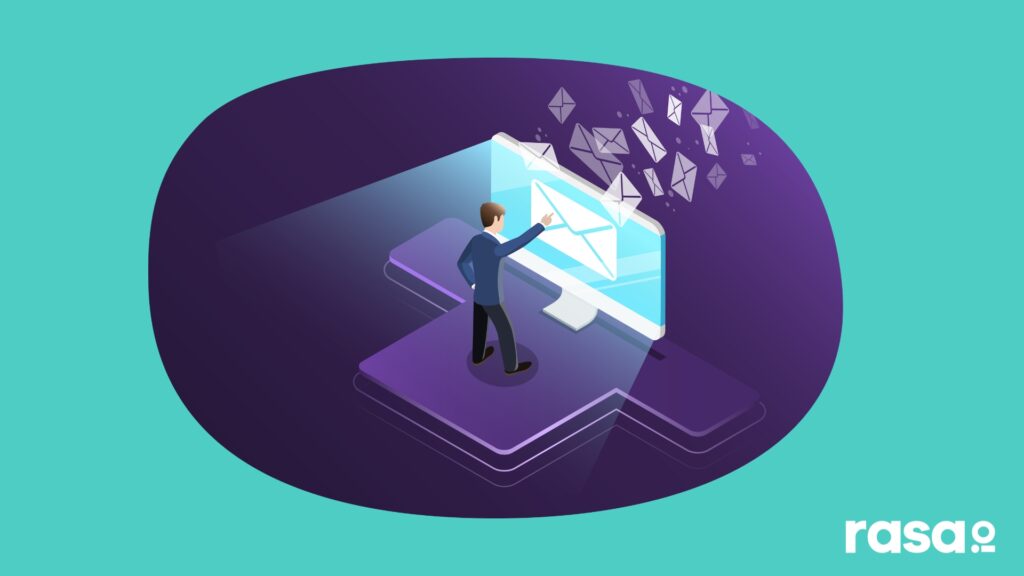While we can only speculate if robots would ever take over the world in the future, what we do surely know is that they are taking over and transforming business processes — regardless of the industry.
As of 2022, 79% of companies already use automation to empower their marketing processes and strategies.
So, sales managers, marketers, and companies who haven’t yet embraced automation, must hurry up and do so.
Automating parts of sales and marketing processes results in more sales, higher ROI, less redundancy, higher profit margins, and more. Today, we’ll talk about the email marketing automation strategies that can help you boost sales.
But first, let’s cover some basics of email marketing automation.
Email Marketing Automation: A Brief
“Marketing automation” is a term often used to describe a set of practices that enable a company to automate marketing activities like prospecting, lead generation, and conversion.
Email marketing automation is a way to automatically create or send emails that reach the right people with the right messages at the right moment. It lets you execute important tasks without doing manual work every time.
It allows you to target people based on their:
- Behavior
- Preferences
- Previous actions
Email automation offers multiple marketing advantages, including the most lucrative advantage—personalization. Emails delivering personalized content in real-time trigger buyers’ journeys and act as a catalyst to increase sales activity. Smartly-designed personalized email campaigns can increase your open rates, click rates, engagement, leads, and conversions. Some examples of automated emails include:
- Welcome emails
- Transactional emails
- Reactivation emails
- Standard promotional emails
- Seasonal emails
- Post-purchase emails
- Abandoned cart emails
- Birthday/anniversary emails
- Smart newsletters
7 Email Marketing Automation Strategies to Boost Sales
1. Segment Your Customers
Before sending similar emails to all your subscribers — stop — think. Not all of them are going to care about the same things. You can’t send the same messages to everyone. What’s the solution?
Segmentation
Avoid sending the same, monotonous, and non-personalized email content to everyone. Take time to segment users according to categories like their purchase behaviors, demographics, location, age, engagement history, and industry niche.
To create a relevant set of messages, make use of:
- Analytics
- Browsing history
- Past purchases and behavior
After separating customers based on these parameters and behavior, you’ll be able to send them on different journeys — with relevant educational content and offerings.
For instance, let’s say you want to get in touch with unengaged email subscribers. You can create a segment of customers who have not interacted with you in the last 60 days and send personalized content to only this specific segment.
This can help you re-engage the inactive subscribers.
2. Tracking Customer Activity and Data
Name one thing that is more insightful than customer data. When leveraged right, customer data can be quite the treasure trove of information for designing highly effective marketing triggers. No wonder, companies now invest extensively in tracking customers’ buying journeys and data.
Plus, brands now go out of their way to serve personalized customer experiences. They have to!
For instance, look at this incident from 2020. It is a wise use of customer data! Kudos to the team at Mcdonald’s UAE!
Tracking customer activity and data will help you better customer experience and frame relevant and personalized email marketing campaigns.
Here are some insights on the parameters you must track:
- Understand how they navigate your site or engage with your emails
- Find out if they are interacting with the CTAs you’ve inserted.
- Are these new visitors, or are they repeat customers?
- What do repeat customers want?
- What products are the visitors viewing the most?
Utilize Google Analytics to understand your customer’s demographics and journeys.
What To Do With This Customer Data?
Highlight Your Leading Offerings
Say, your company is an industry leader that organizes periodic webinars and uses them to generate leads. You will obviously want a lot of people to sign up for them, right?
So, it would be helpful to design an automated email campaign, which sends out reminders such as, “X people have already signed up for our webinar. Limited slots available – Register to book yours now.”
You can also use these emails to send out early-bird discounts, or extra marketing material to complement the webinar.
However, do not leave relevancy out of this. Target this particular email campaign to users who might be interested in this specific event.
Use This Data to Understand Buying Intentions
When you can see what your visitors are doing, you’ll also be able to understand their intentions. If a particular visitor keeps visiting a product or page, you can consider this a strong buying intent.
Further, you can send this visitor (known customer) an email to encourage a purchase.
For example, if you offer SEO services and someone is reading your email newsletter and clicking links to visit the “SEO guide for Shopify.” They might be looking for someone to help them with SEO services for their Shopify store. It is where you can pitch your services through personalized emails and convert this viewer into a customer.
3. Combine Emails and SEO
You would think that SEO would have little to no impact on email marketing or email campaigns. But, the contrary is true.
There is no direct connection between email marketing and SEO, but both have one goal — to deliver products/services to the target audience.
However, SEO and email marketing can improve website rankings on SERPs.
How?
Emails can promote targeted SEO content, which leads to better engagement signals for various search engines. It improves off-page SEO factors and drives qualified traffic, leads and conversions. Some other factors to consider:
- Make sure you plan SEO based on various segments of your brand
- Send personalized content based on your segments
- Use long-tail keywords in your emails
- Create email digests
Pro Tip: Archive your email newsletters on your website. Search engines cannot crawl emails. But they can crawl your newsletters if you archive them on your website. It can also enable visitors (who have not yet subscribed) to access the content.
4. A/B testing your Emails
Email A/B testing refers to sending two separate versions of the same email content to two different audience groups and then analyzing which performs better.
The process is simple:
- Introduce variations in text, images, and other elements of your emails.
- Before finalizing a campaign, test multiple versions of your email to find out which one will bring the maximum number of clicks.
- Test regularly before launching any campaigns.
Experts in marketing and sales understand the importance of regular and consistent testing.
5. Setting up Trigger Email Campaign
Trigger emails are often known as behavioral or transactional emails and are based on the user’s behavior depending on the action they take (or don’t take.) These emails are usually event-based and are triggered only during that particular time.
Types of triggered emails include welcome emails, transactional emails, reactivation emails, abandoned cart emails, and birthday/anniversary emails.
To create an effective event-based trigger email campaign, make sure to:
- You identify relevant triggers that are most relevant to your business goals.
- Create an impactful and well-thought copy.
- Make use of a modern, mobile-friendly email design.
6. Drip Email Campaign to Push Users to Conversion
Drip email campaigns include sending multiple emails to subscribers on different days and times to move them further to the conversion point. For example, if a new visitor signs up for your email list or newsletter, you need to trigger a welcome email.
Through drip campaigns, you can send the user a set of pre-composed emails at specific times for them to get familiar with your brand and navigate down the sales funnel. Similarly, you can send multiple drip emails to retarget customers who unsubscribe from your offerings.
7. Advanced Sign-up Tactics through Targeted Forms
Focus on your subscribers!
If customers have purchased from you once, they are more likely to buy from you again. You can get started by signing up visitors through targeted forms. Ensure you include these advanced signup tactics in your e-commerce marketing automation strategy.
No Newsletter Pop-up for Subscribers
Improve visitors’ experience by disabling pop-ups for people who’ve already subscribed to your campaigns. Make sure that you have a specific URL from your UTM parameters. The links that lead to your store will have similar UTM parameters, and you can use them to disable pop-ups for visitors coming in from your newsletters.
Show Pop-up Only to Specific Visitors
Similar to the advice above, you can enable pop-ups for specific people. Through this, you can provide those users with offerings of their choice. For example, if you notice that the landing page for your newsletter has high views but not many sign-ups, you can set up a pop-up that will only show that particular page.
The Takeaway
Nurturing leads by optimizing your email campaigns needs a lot of work, and email marketing automation can only make it easy for you. Ensure that you keep monitoring your results and tweaking your campaigns as needed. We hope these seven strategies will help you convert the leads into more website traffic, more sales, and higher levels of social engagement.

